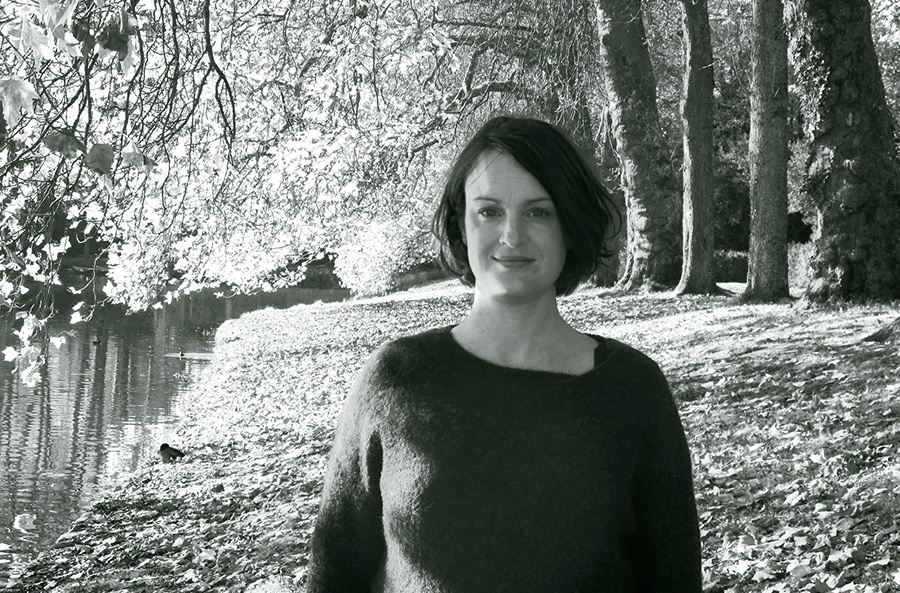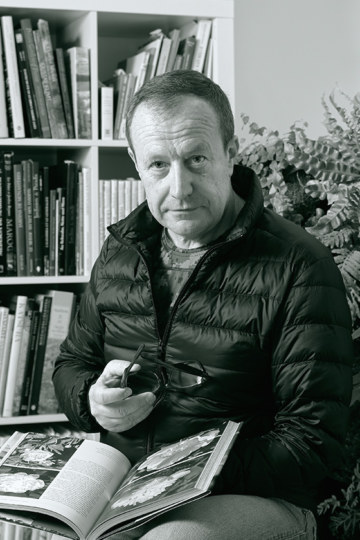
Elisabeth Demenge
- Function
- Landscape designer CESP
- Education
- ENSP (Ecole Nationale Supérieure du Paysage, Versailles)
- Location
- Paris
- Social
Experience
After an initial training in photography at the University of the Arts (London, 2001) and a first career in architecture and design publishing, Elisabeth Demenge has built her practice around the close links between art and landscape.
Holder of a technical diploma in Landscaping and the Certificate of Higher Landscape Studies from the Ecole nationale supérieure du paysage de Versailles, she trained for five years with landscape architect Franck Neau where she became project manager at his Paris studio.
There, she worked on large-scale public projects such as the landscape integration of the Pont-d'Arc - Grotte Chauvet cave replica in Ardèche (07) within an existing holm oak forest, or the Bords de Seine ZAC in Asnières-sur-Seine (07) with particular attention paid to alternative rainwater management.
Since joining Philippe Niez's team in October 2014, Elisabeth Demenge has been responsible for projects with strong heritage values such as the rehabilitation of the Parc du Domaine des Pins in Soings-en-Sologne, a former hunting lodge of François Ier, or the rehabilitation of the Pavillon Dauphine's gardens in Paris. She is currently working on the urban and landscape insertion of several mixed-use blocks in the Paris region and is developing the agency's activities around Fontainebleau where she is based.
She is particularly interested in the question of the forest, which she studied with her final studies project on the urban forest in Clichy-sous-Bois in Seine-Saint-Denis (congratulations of the jury) and during short training courses at the Atelier de l'Arbre with the forest engineer William Moore.
Urban design must be strongly influenced by the biological requirements of people and plants. Henry F. Arnold, Trees in urban design
Signature plants
- Asplenium scolopendrium
- Hart's-tongue fern that grows in forests’ ravines and gives an immediate patina to a garden once planted in the interstices of low walls and stairs!
- Paeonia suffruticosa
- The tree peony for its romanticism and opulence.
Favorite books
- Planting in a post-wild world: Designing Plant Communities for Resilient Landscapes
- Thomas Rainer et Claudia WestOr how to create robust and poetic urban landscapes through plant communities that are inspired by nature and suitable for cities.
- Une histoire de la forêt (A history of the forest)
- Martine ChalvetAn edifying essay on the conscious and unconscious triggers that bind man to this primitive and founding landscape, a place of both imagination and intensive production.

